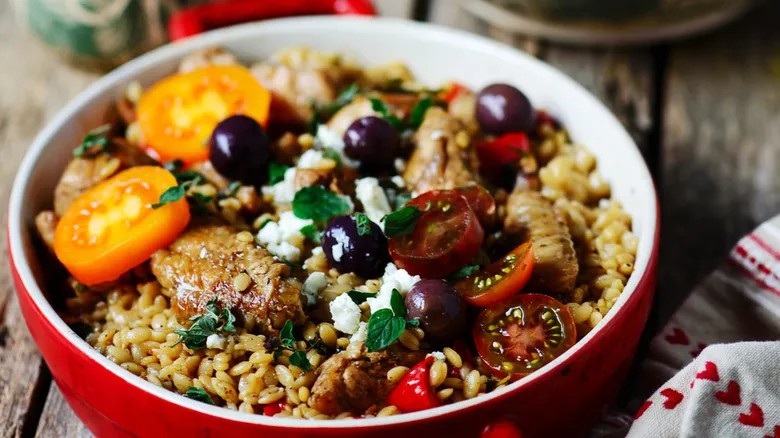Rice-shaped orzo is a type of pasta
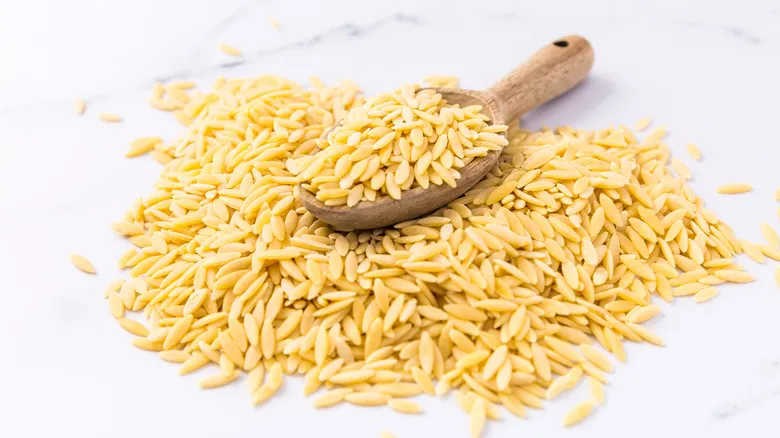
Orzo belongs to the pastina category of tiny noodles. It is crafted from semolina flour, giving it a bright yellow color. The flavor is mild, akin to that of other pasta varieties. However, its texture is unique — the noodles have a soft and tender feel that tends to make them stick together. Consequently, orzo is typically served with oil, sauce, or in a soup, which is a classic Italian way of preparation. This pasta is a fantastic addition to dishes like a simple tomato and herb vegetable soup, making them more filling.
Cooking orzo is generally similar to preparing other types of pasta. It is simply boiled in salted water for about eight to ten minutes. Unlike other noodle types, orzo expands in volume when cooked, so it's important to monitor the initial amount you add to the water.
Part of the confusion surrounding orzo's classification stems from its name. In Italy, this pasta is referred to as risi, which means rice. The term "orzo" actually translates to barley in Italian, another grain that looks quite similar. The name orzo was likely first used in the U.S. Additionally, in Greece, it is known as kritharaki. Therefore, be sure to check the label carefully to ensure you have selected the correct type of pasta.
Substitute orzo into a handful of rice dishes

The flavors and textures of rice and orzo are not exactly the same. You wouldn't want to cook orzo like plain steamed white rice. Orzo has a much smoother texture and lacks the kernel-like quality of rice. It is typically cooked to an al dente firmness, offering a gentle bite, which means it is less sticky compared to rice. Generally, it's not advisable to substitute one for the other. However, with the variety of rice dishes available, there are inventive ways to use orzo as a substitute.
One approach is to mimic starchier rice dishes, such as risotto. Since arborio rice is starchier, orzo can achieve a similar creamy texture. Just be mindful of the pasta's tendency to expand, and adjust the amount of broth you add accordingly.
Alternatively, you can use orzo in soupy rice dishes. It works well in soups that typically contain rice, whether it's a Chinese-style soup or a classic chicken soup. You could also experiment with a Portuguese-style dish, like a monkfish rice stew, using orzo instead. The key is to ensure the dish has enough liquid to prevent the orzo from sticking, making the transition from rice to pasta smoother.
Recommended
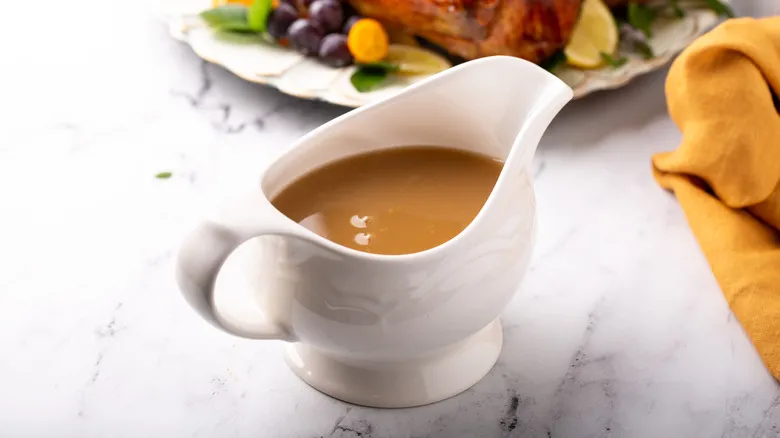
For Thicker Gravy Without Using Flour, Reach For Cornstarch

Forget Butterflying Your Hot Dog, It's Time To Slash Them
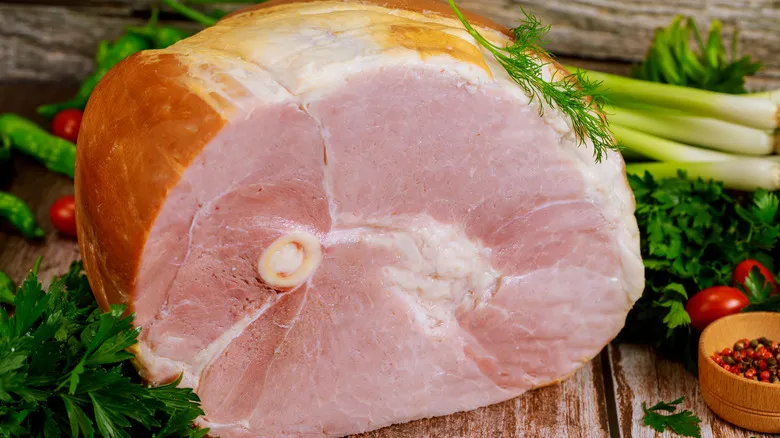
Didn't Thaw Your Ham? Here's How To Cook It From Frozen
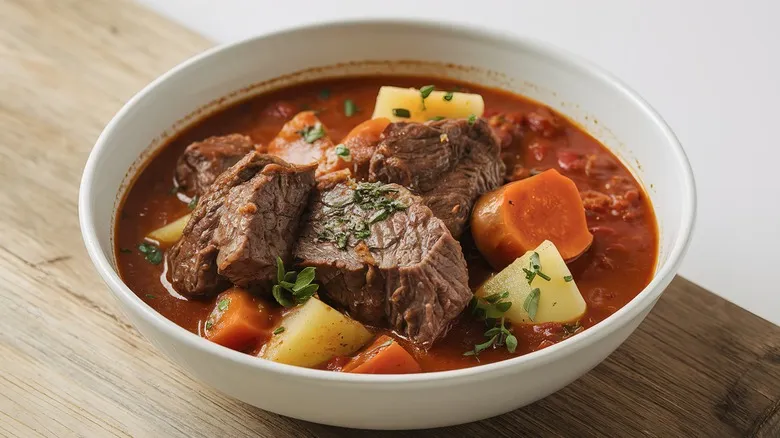
Mistakes To Avoid When Cooking Beef Stew
Next up

